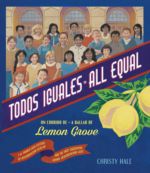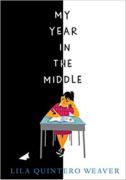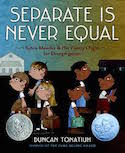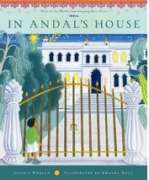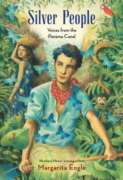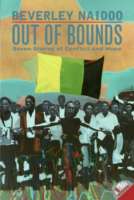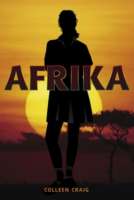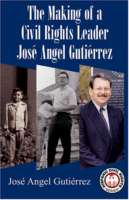
Born in 1944, José Angel Gutiérrez grew up in a time when Mexicans and Mexican Americans in Texas and the Southwest attended separate schools and avoided public facilities and restaurants that were designated “Whites Only.” Despite the limits of segregation and rural culture in Texas, the passion to learn and to educate others, as well as to undo injustice, burned in his belly from an early age. Gutiérrez offers portraits of his early influences, from his father’s own pursuit of knowledge and political involvement, to his Mexican pre-school teacher’s dedication to bilingual-bicultural education which did not exist in public schools at that time, and to his mother’s courage and persistence, taking up migrant field work to provide for her family after the death of young Gutiérrez’s father. In this intensely narrated memoir, Gutiérrez details his rise from being beaten down by racist political and agricultural interests in South Texas to his leadership role in the Chicano civil rights movement of the 1960s and 1970s. Complemented by photos from his personal archives, Gutiérrez recalls his struggle for education, his early baptism in grass-roots political organizing, and his success in creating one of history’s most successful third party movements, La Raza Unida Party. Along the way, Gutiérrez earned college and law degrees, as well as a Ph. D. in Political Science. He was elected or appointed to school boards, commissions, judgeships and party chairmanships, all with the single-minded purpose of extending equality to Mexican Americans and other minorities in the United States. Through his tireless efforts, he crossed paths with African American and Native American civil rights leaders, Mexican presidents, and other international figures.
